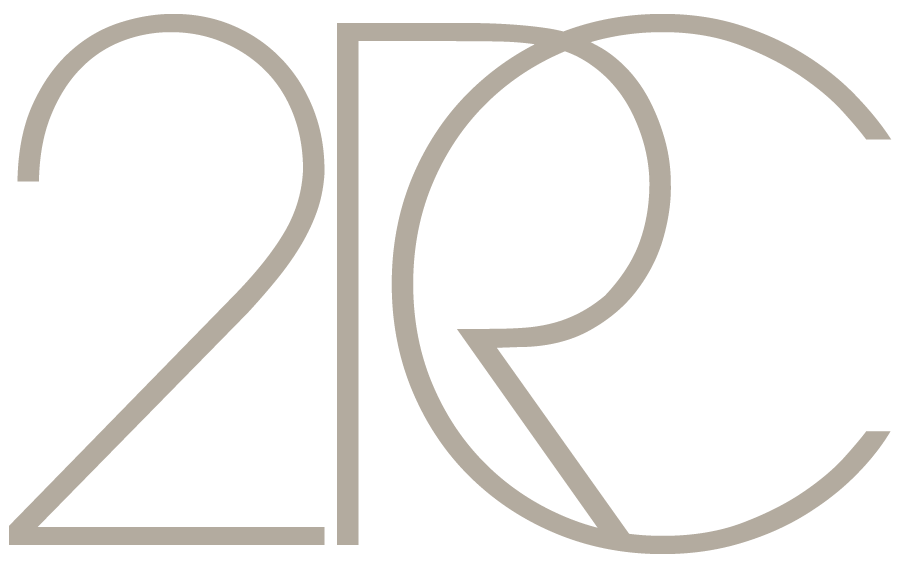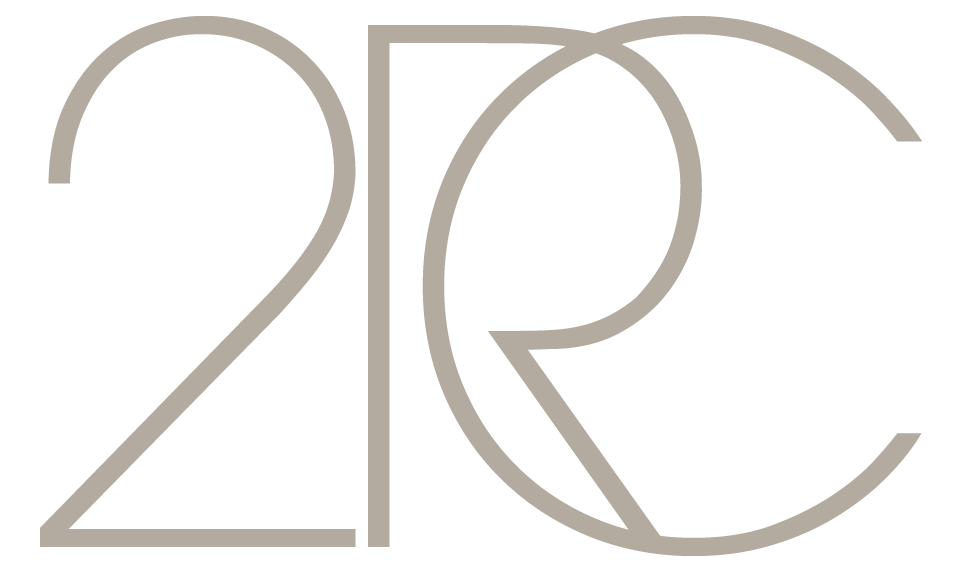2RC Stamperia d'arte
The beginning of the story
Via Flaminio Ponzio
Roma
Text by Walter Rossi from "La vita è segno"
Swe had known from the first day that the headquarters of Flaminio Ponzio, on the Aventine, had to change soon, as there were no conditions to be able to expand, even minimally, and because every day with the ideas that each artist proposed, an inexhaustible research had to be done.
The increasingly exciting technical results began to require more and more materials and machinery, taking into account that in such a short period we were already working with Fontana, Burri, Turcato
It was decided to temporarily move to a space sufficient to guarantee all the necessary autonomy as an intermediate step, to then find an emblematic seat for the artists who were already working with us and others we had intended to reach.
Here is the transfer to Via Madonna di Fatima !!
A large, spacious, well-lit room with a solid base in which large weights can be placed without any problem. The test was immediately made, by installing our, real, first "Alessandro" chalcographic press, which allowed us to finally print Burri's "combustions", with true serenity and satisfaction, of the undersigned who had designed it.
Here we dedicated all our commitment to having more and more contacts with new artists, but more than anything else, to consolidate the technical and human commitment and no less important than friendship, with the "great" with whom, the relationships, do not they were never interrupted.
This was the occasion, giving heed to Franco Cioppi, to mount two French lithographic presses of the late eighteenth century. We then bought lithographic stones all over Italy, choosing the most suitable and rarest ones. We also mounted two screen printing setups with all the necessary equipment.
We were able, very quickly, to approach all the basic printing techniques, for experimentation and immediately production. It took a short time to understand that lithography on stone for many reasons, already at that time, had little to suggest and say for the future of original art printing, because the widespread industrial offset printing, in a short time, had taken the the market for original lithographic printing takes over and confused it, which still survives today only for tradition without possible innovations and curiosities for the new generations of artists.


